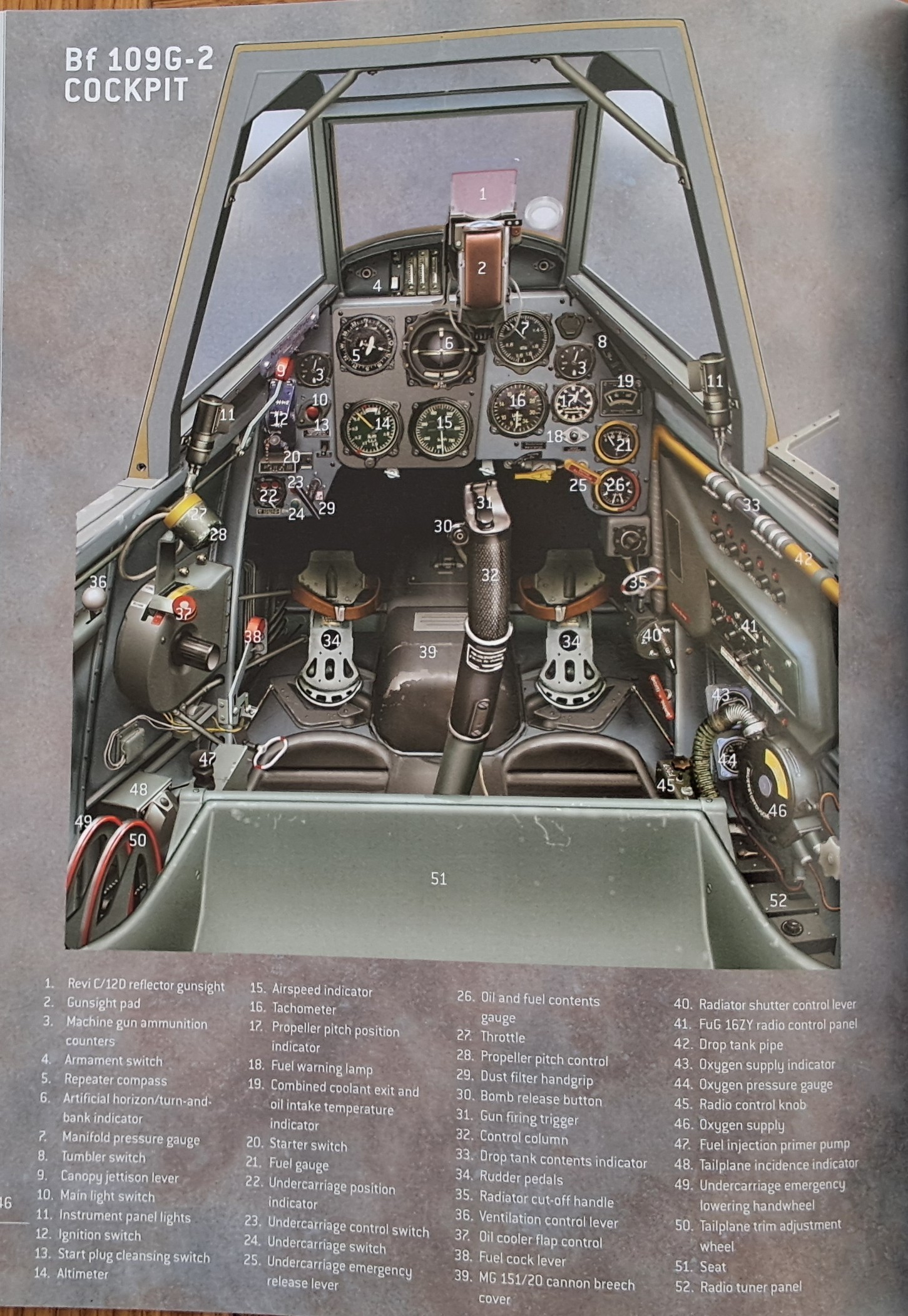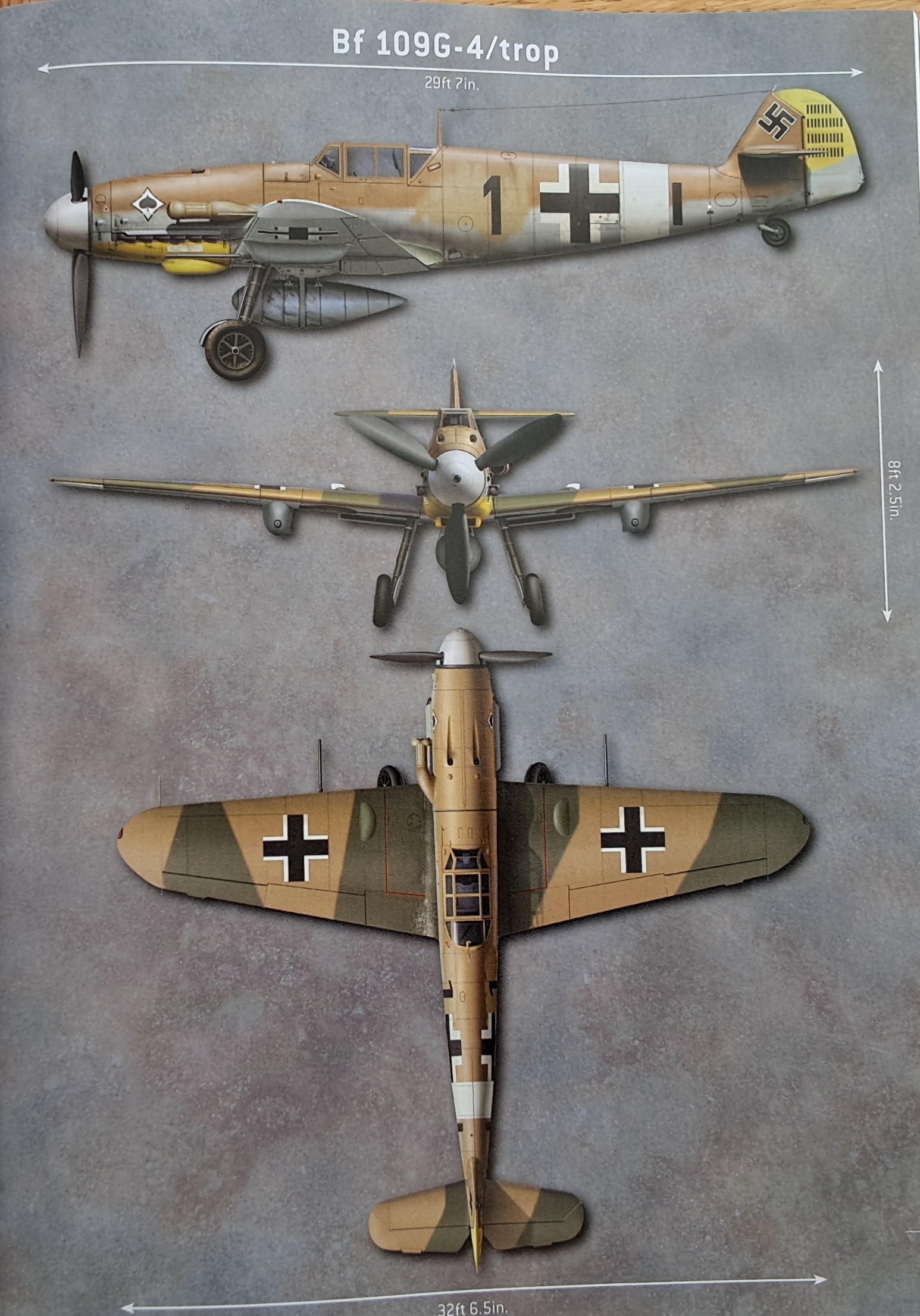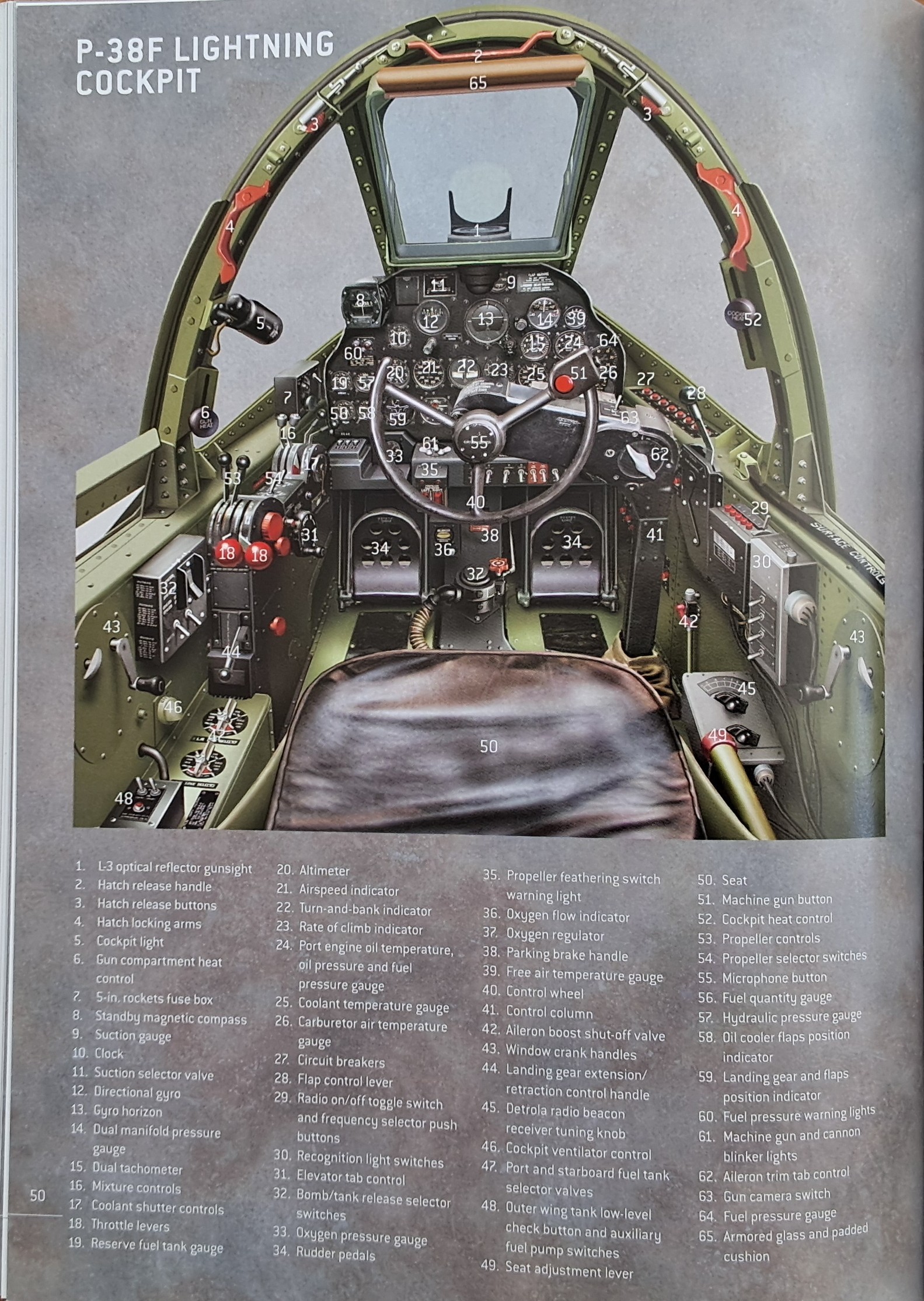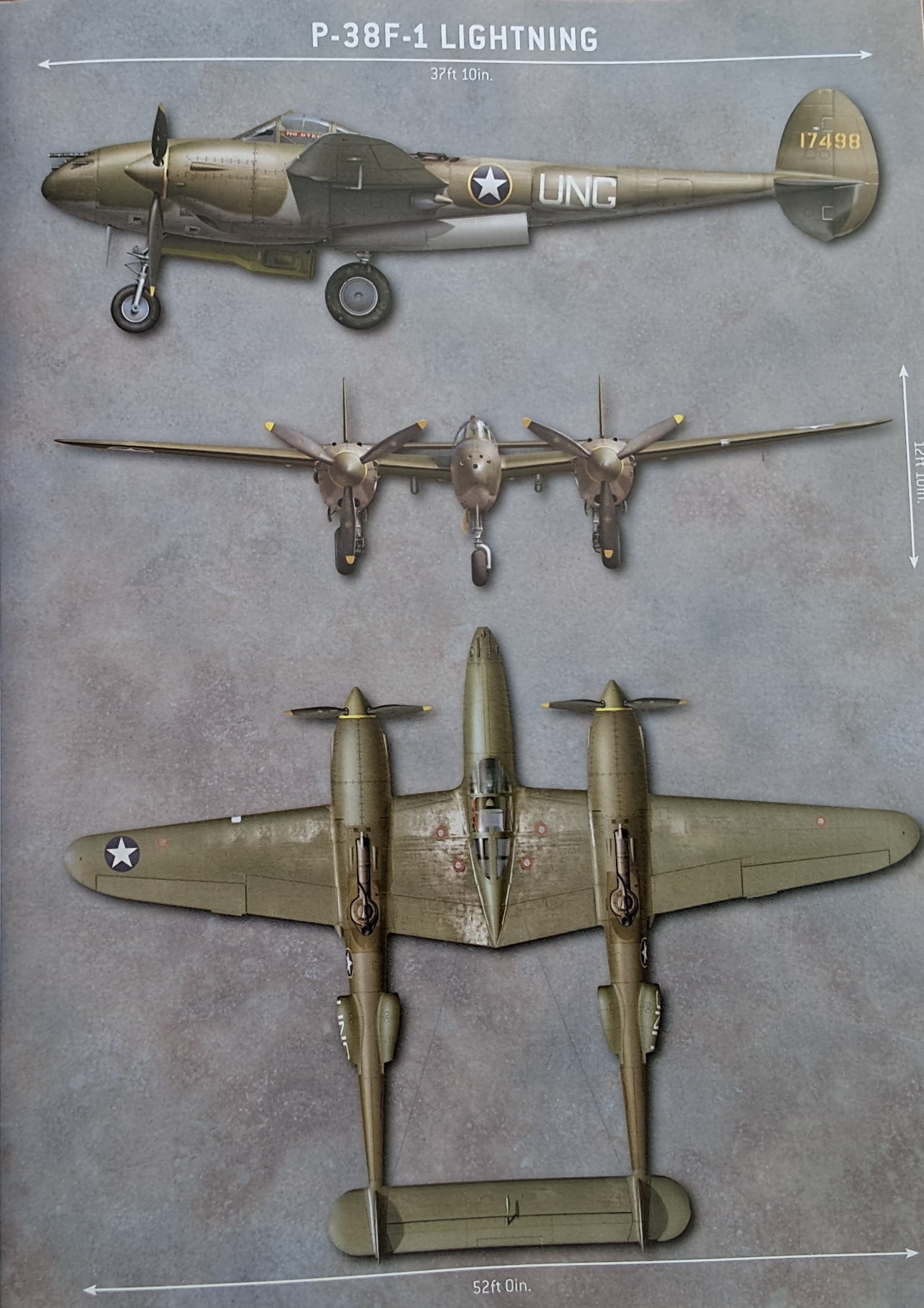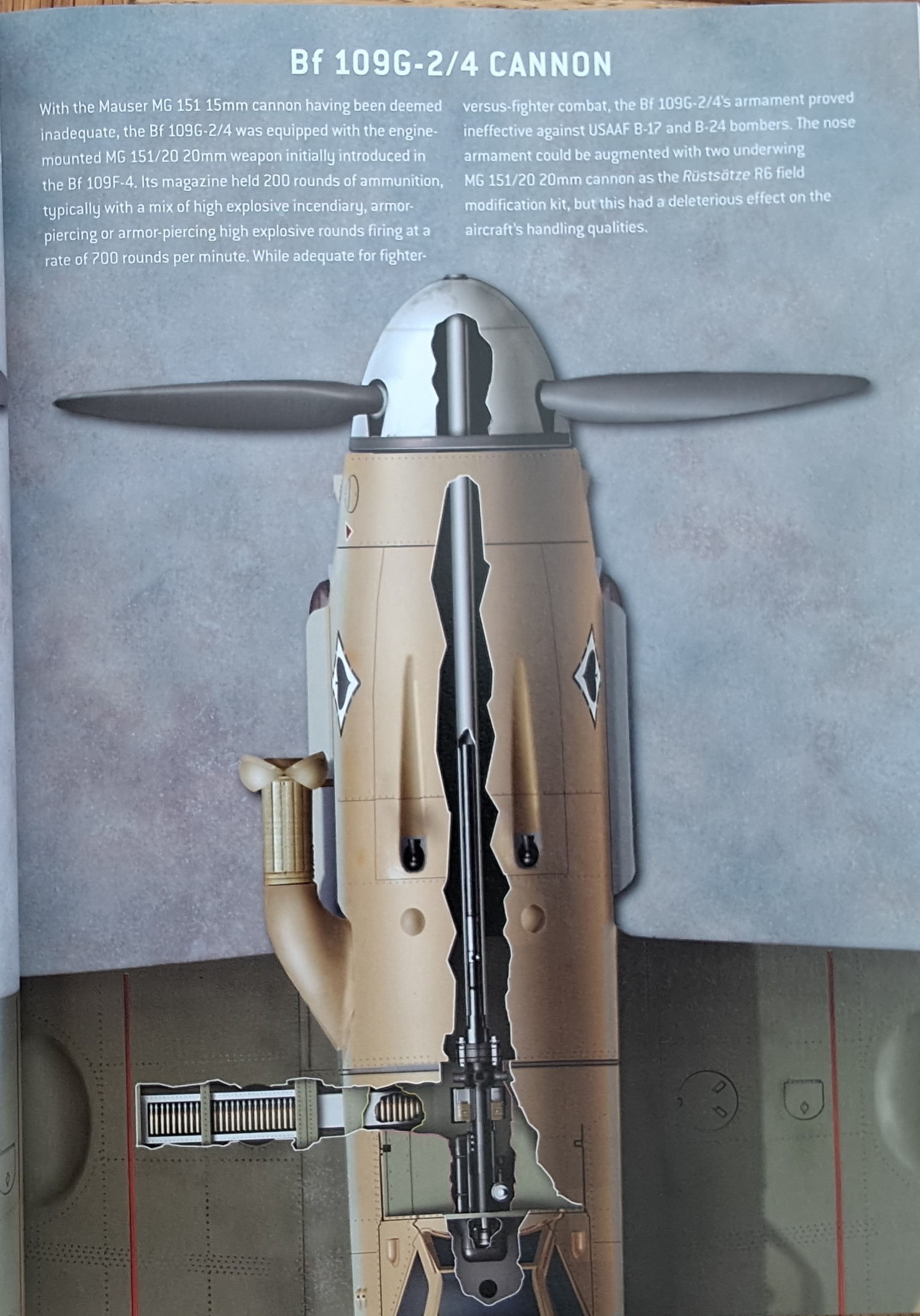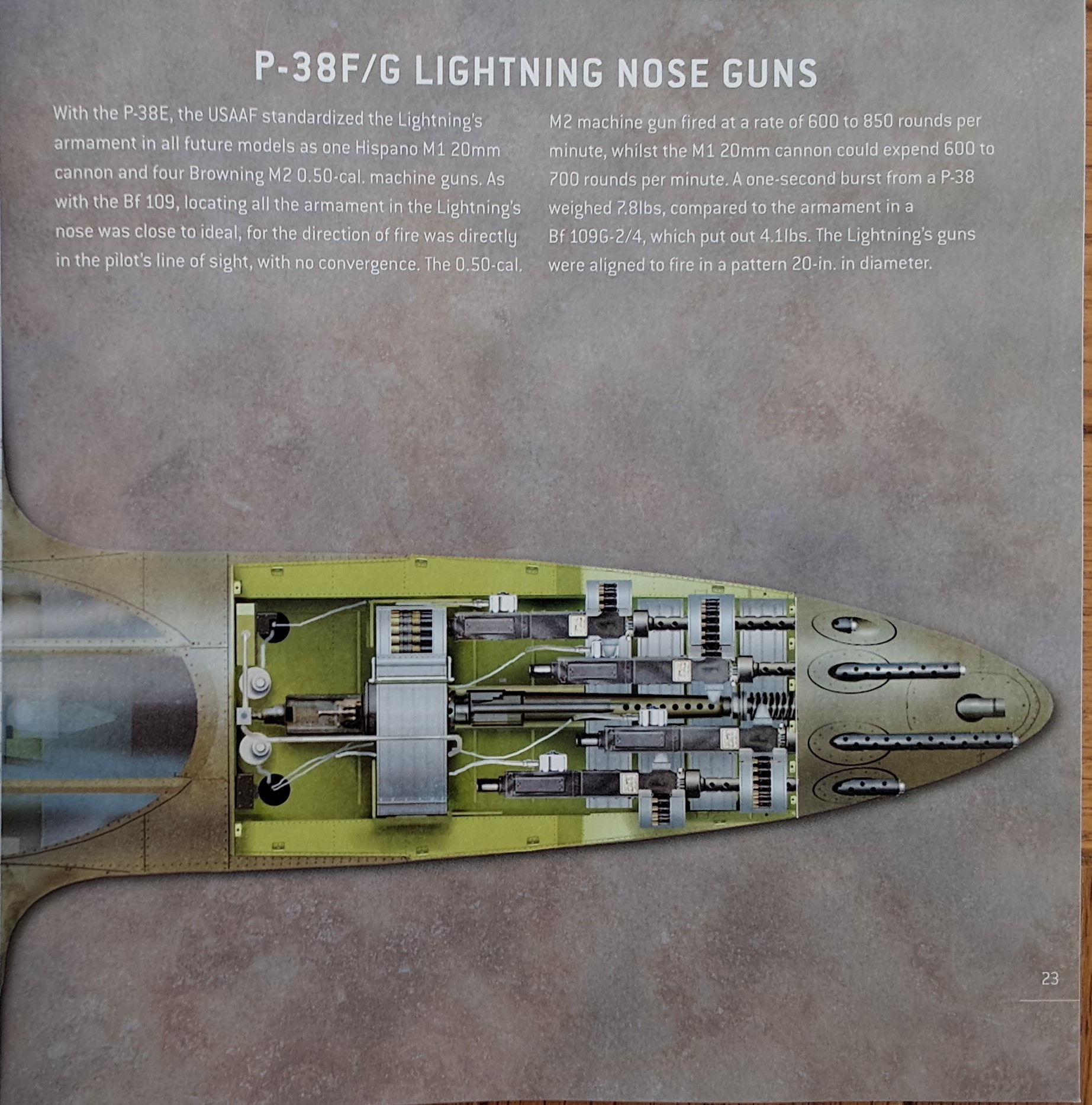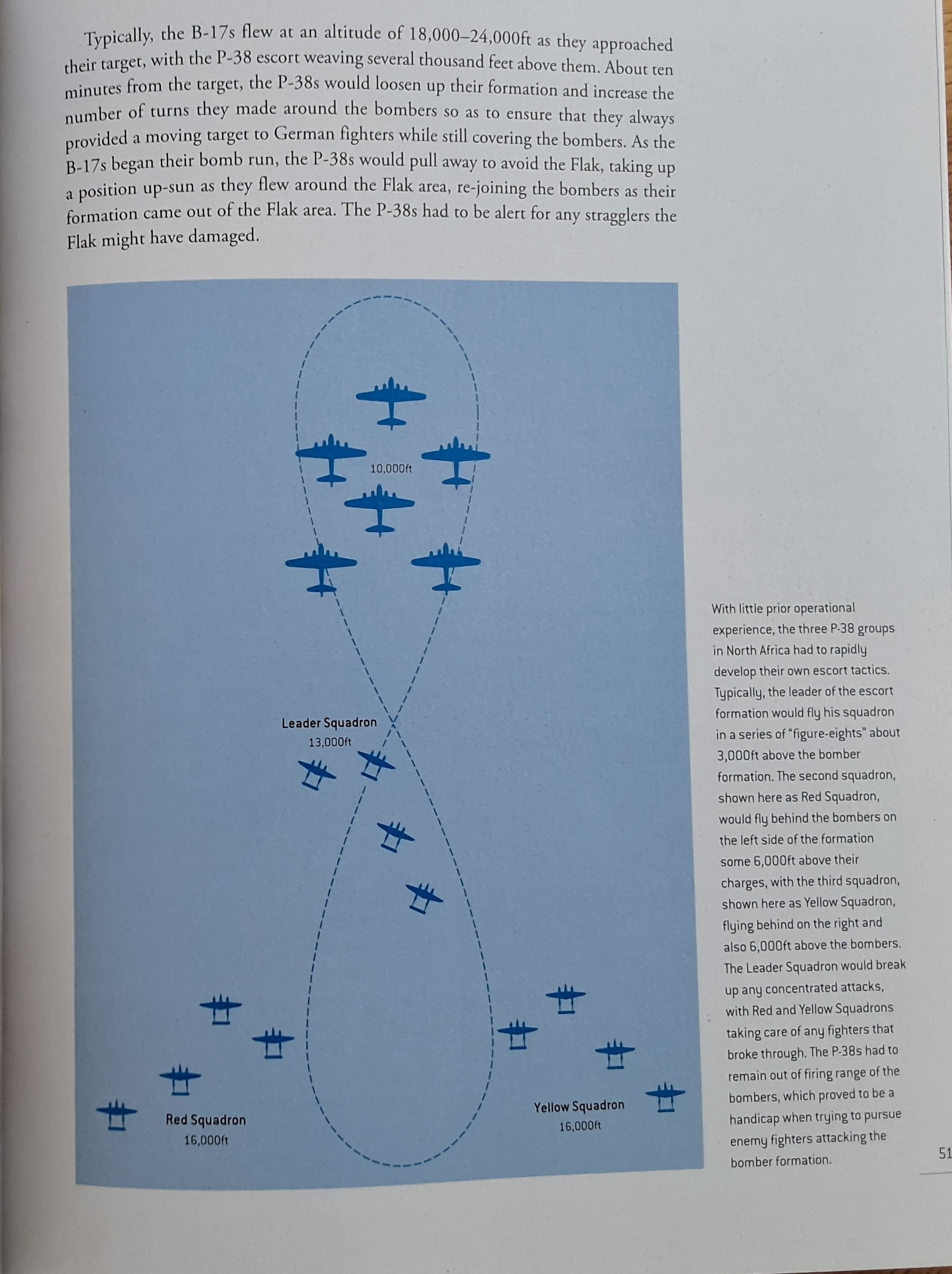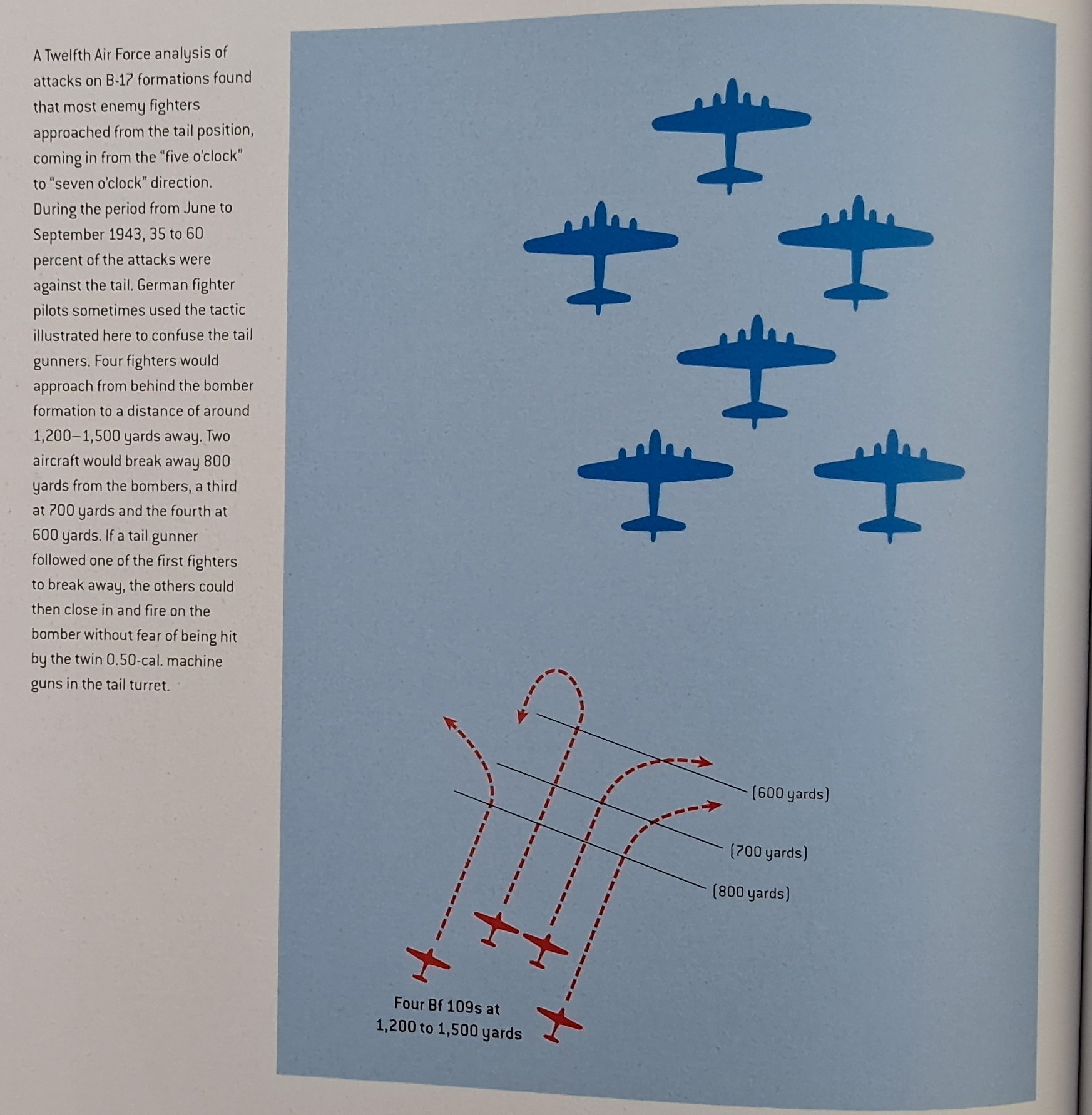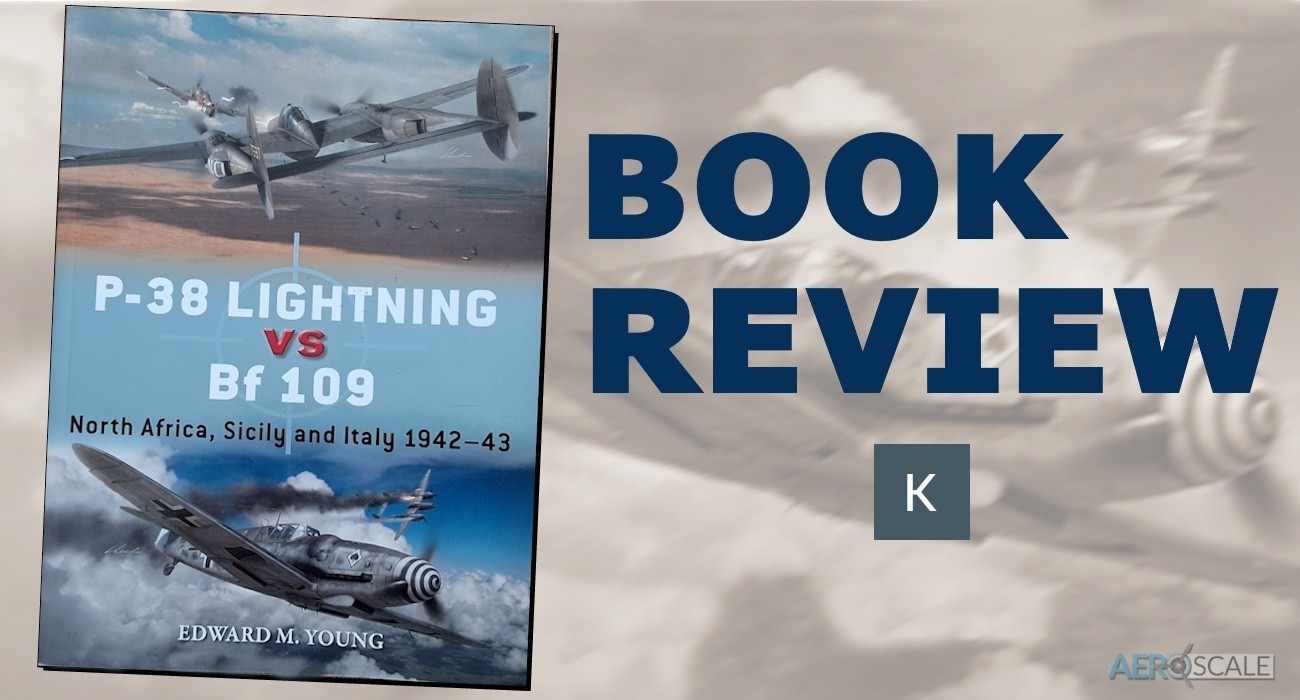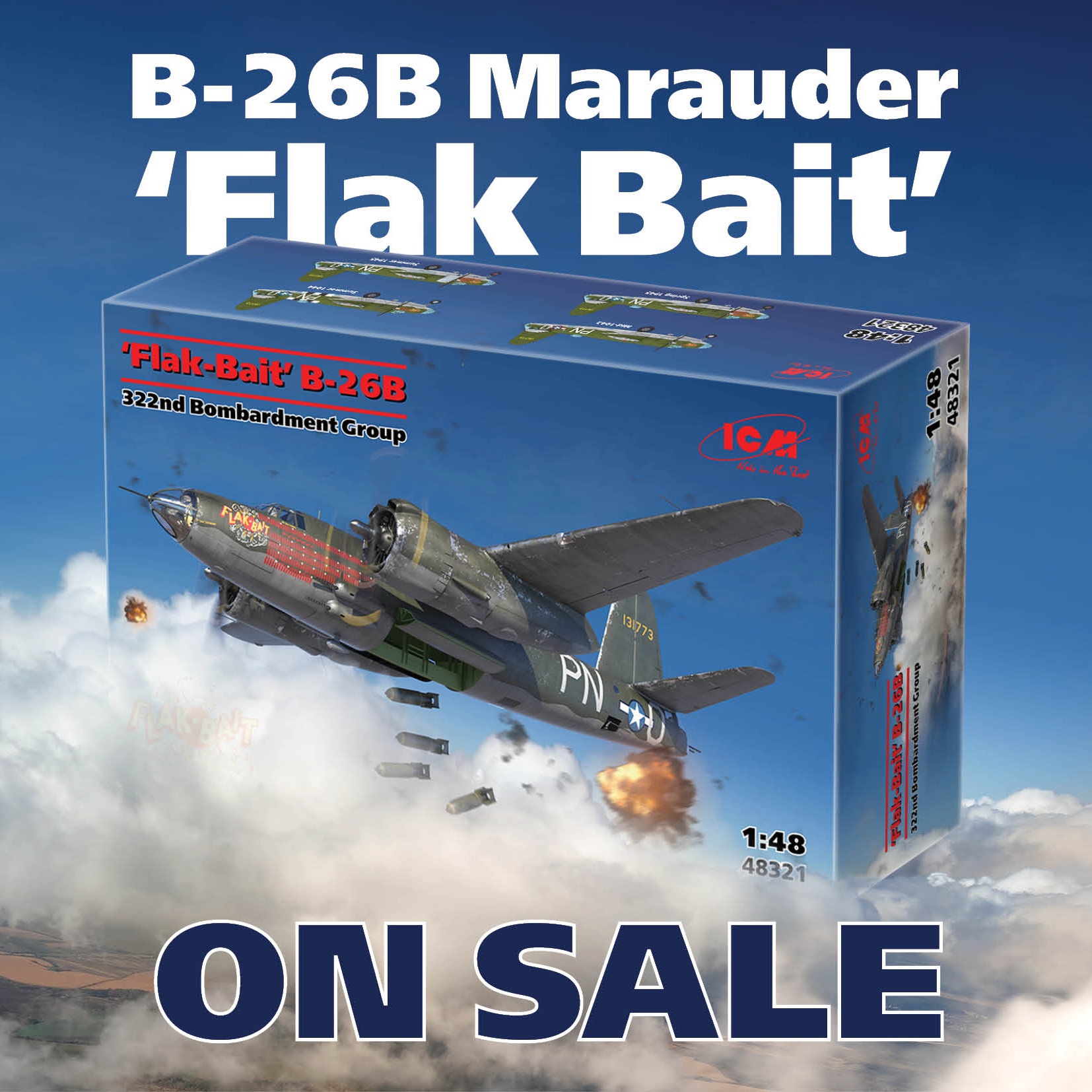
Authored by Edward M. Young with illustrations by Gareth Hector and Jim Laurier.
USAAF fighter pilots experienced a baptism of fire when flying the technically advanced but fragile P-38 Lightning over North Africa in the wake of 1942's Operation Torch. Their opponents were battle-hardened jagdflieger of the Jadgwaffe, flying the tried and tested Bf 109 in its very lastest Gustav iteration.
Table of Contents
Introduction
Chronology
Design and Development
Doctrine, Tactics, Leadership, Deployment of Forces
The Strategic Situation
The Combatants
Combat
Statistics and Analysis
Aftermath
Further Reading
Index
A very good read, albeit of a narrowly defined subject; I could summarize the book as the Me 109 was a mature design at the peak of its life span, whereas the P 38 had the benefit of being designed to counter it and was an evolving aircraft. The only factor in the German's favor was that their pilots were already battle-hardened and familiar with their fighter; the Americans were still learning even as their fighter was still under development. However, the American pilots soon came into their own and gained the upper hand as veteran German pilots started to fall, only to be replaced by raw recruits of diminishing quality.
A good balance of technical specifications (there is talk of roll rate and compressibility of the Lighting and how this limited it in combat), and discussion with analysis, this is an easy read for an afternoon.
A repeated point throughout the book is that this was always about logistics, and it was. In favour of the Allies. This is best illustrated at page 31, "The Luftwaffe was now on the defensive, and it could only fill gaps in one front by creating gaps in another. Towards the end of 1942, the Luftwaffe began stripping units from the Eastern Front to send to the Mediterranean, to Western Europe and to the Reich." And, page 33, in 1943... "The Allies now had 2 769 aircraft available against 837 for the Luftwaffe and around 100 for the Regia Aeronautica."
Also, as the Allies built up reserves at the end of a long logistics train, the Axis were being drained on multiple fronts. Hitler had made a serious miscalculation taking on the combined might of the UK, USA, and USSR.
The is a good comparison of the respective armaments of the two combatants, and that the Lighting was going to be armed with a 37mm cannon (which would have been devastating on a fighter), but was armed with a Hispano 20mm M1 cannon instead. Only a little less painful to be on the receiving end of. The Me 109 carrying a 30mm cannon to war's end.
When I starting reading this, I thought it was a given that the large twin engine fighter was the superior of the two, but the Me 109 held its own and in the end it came down to the pilot and tactics as much as speed and armament.
Easily recommended.
